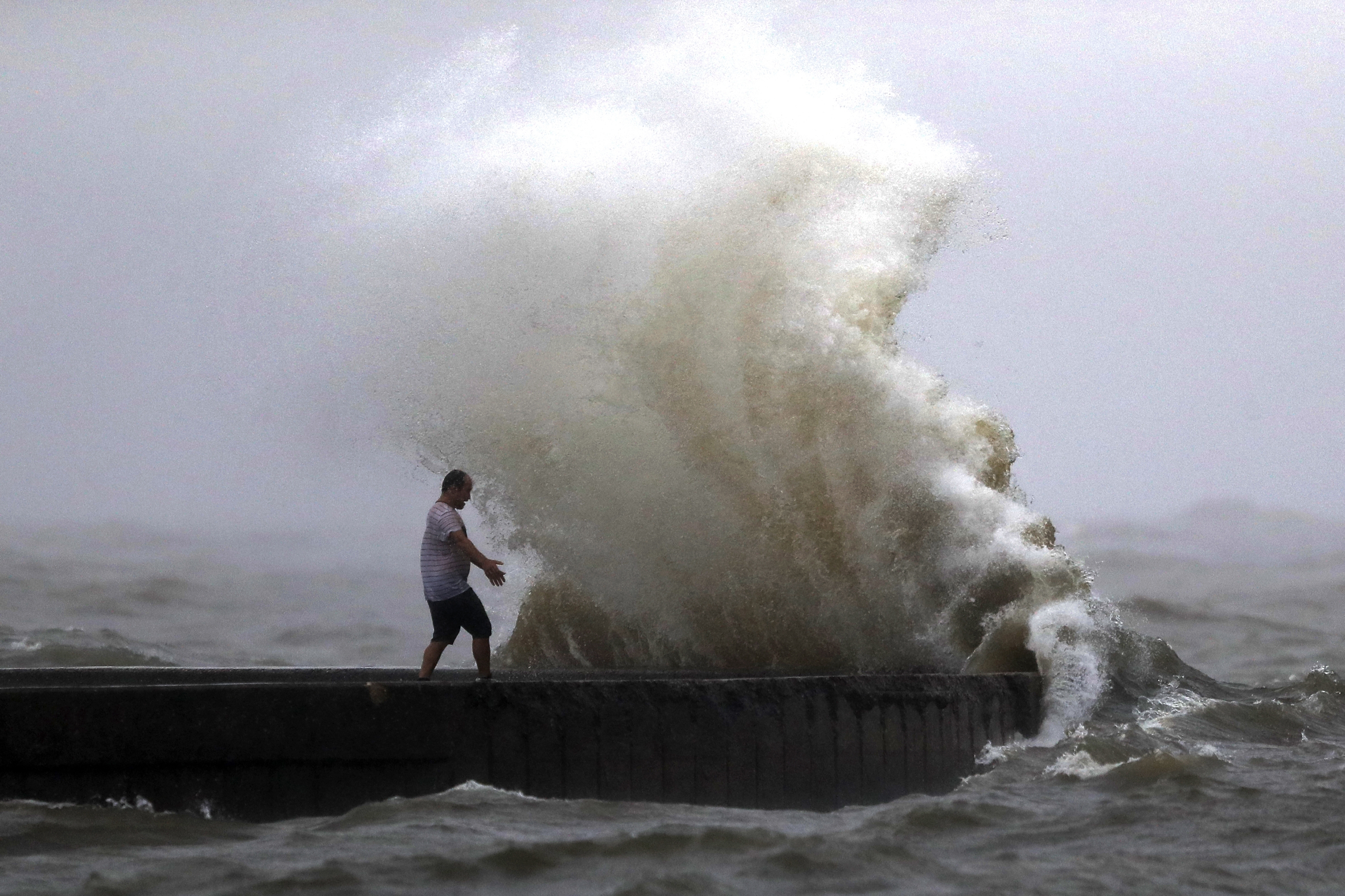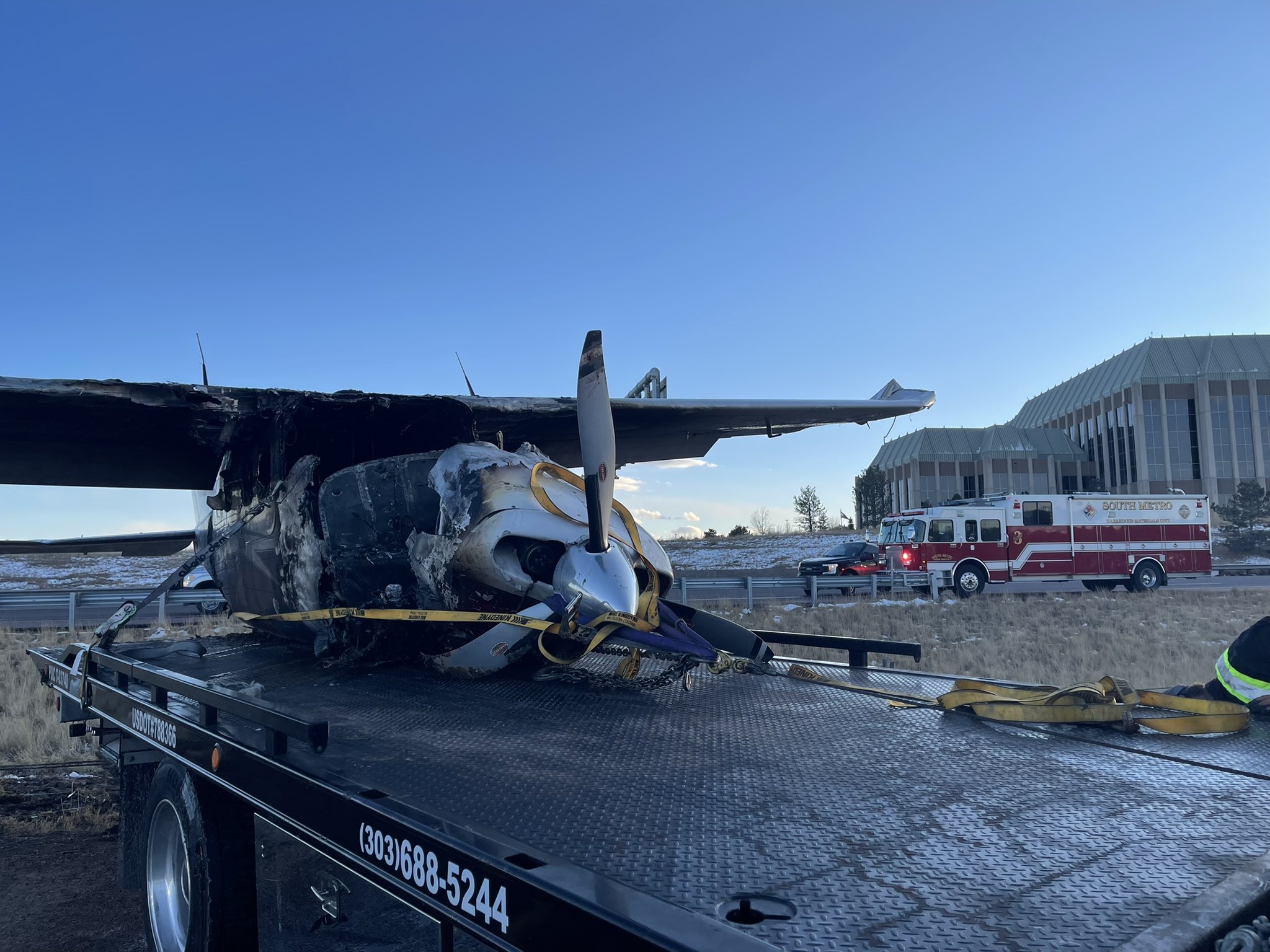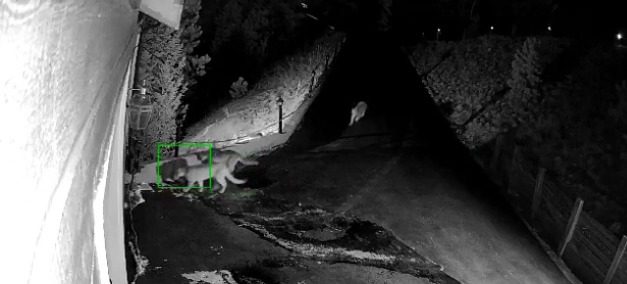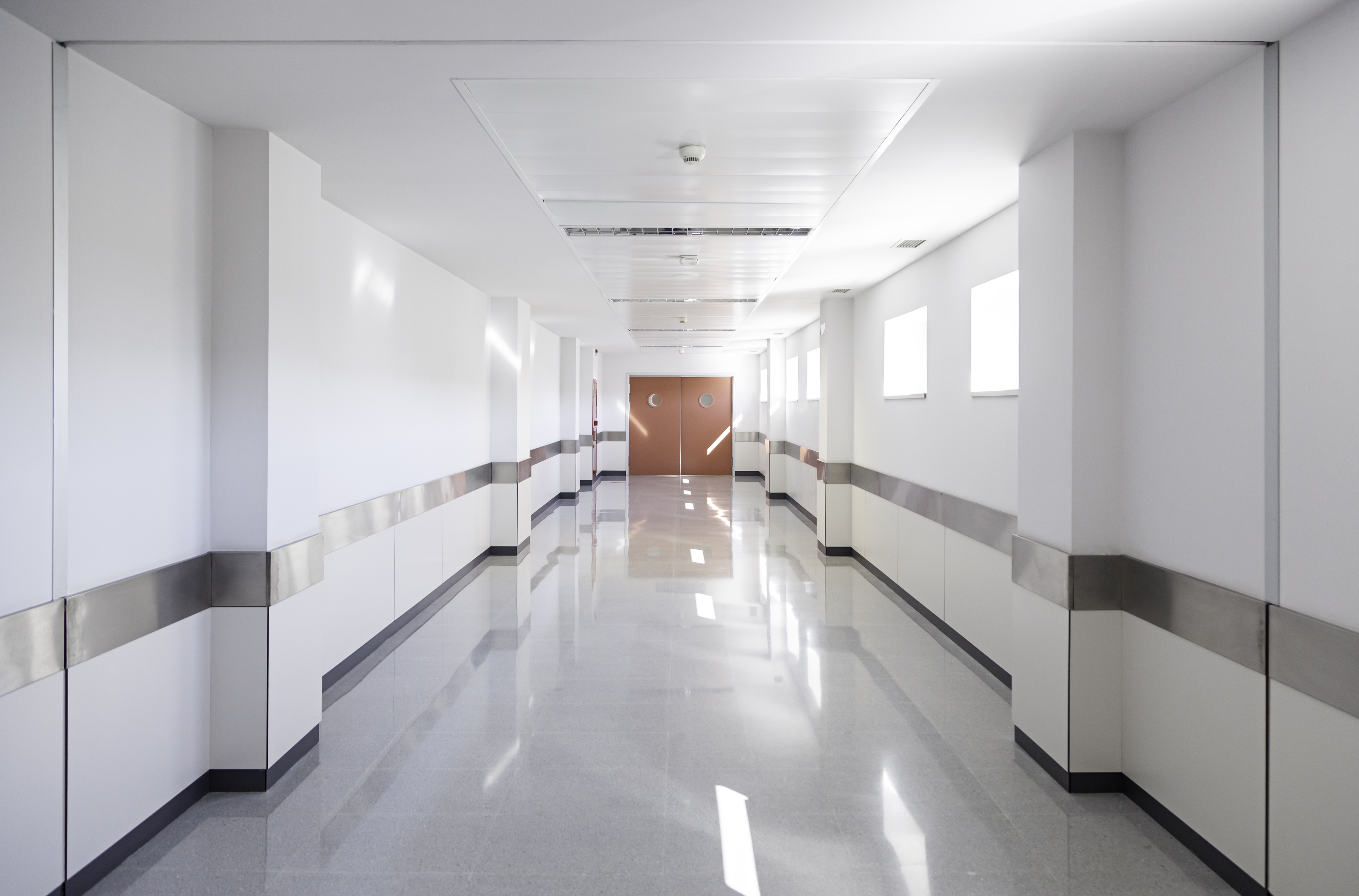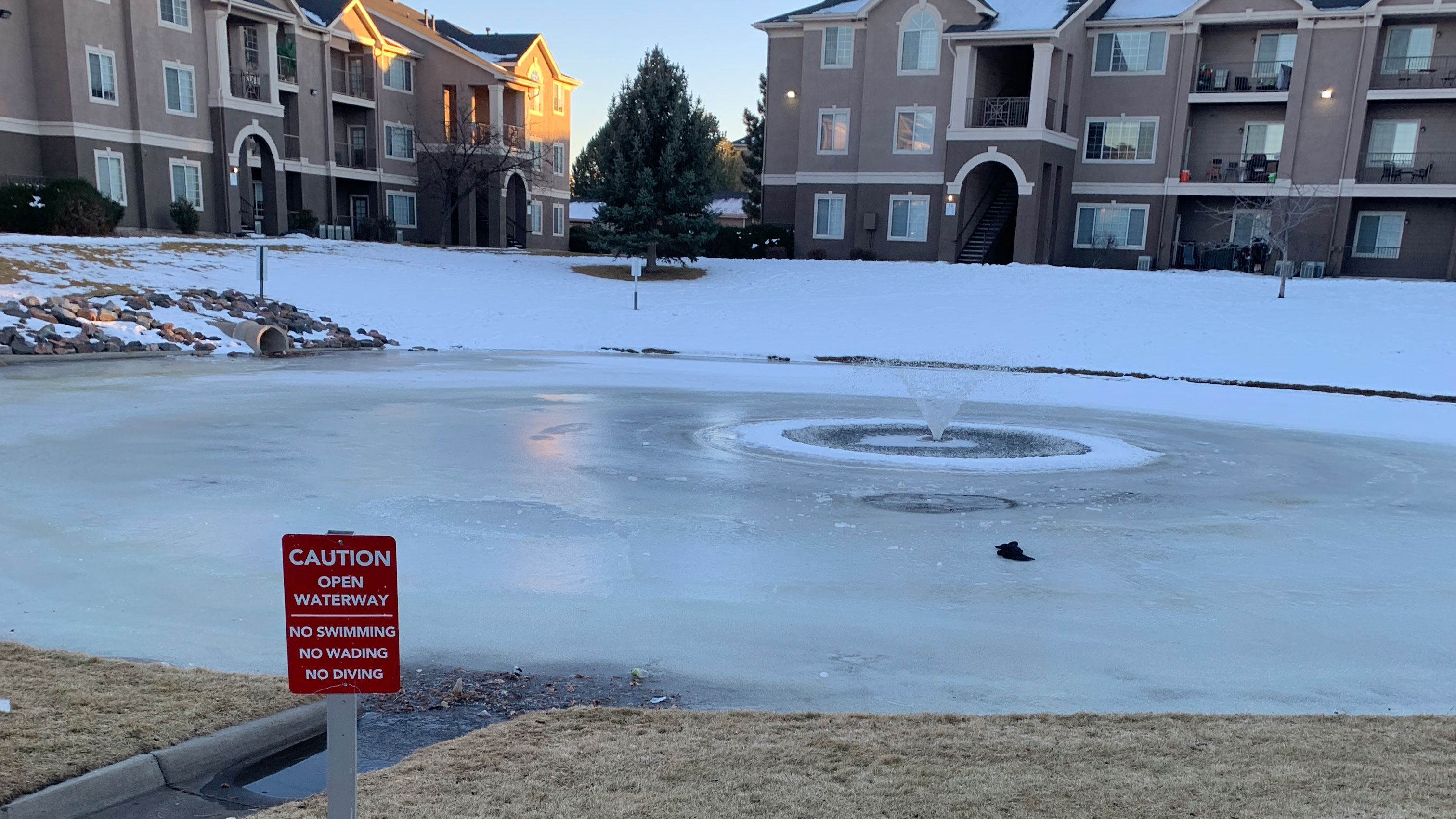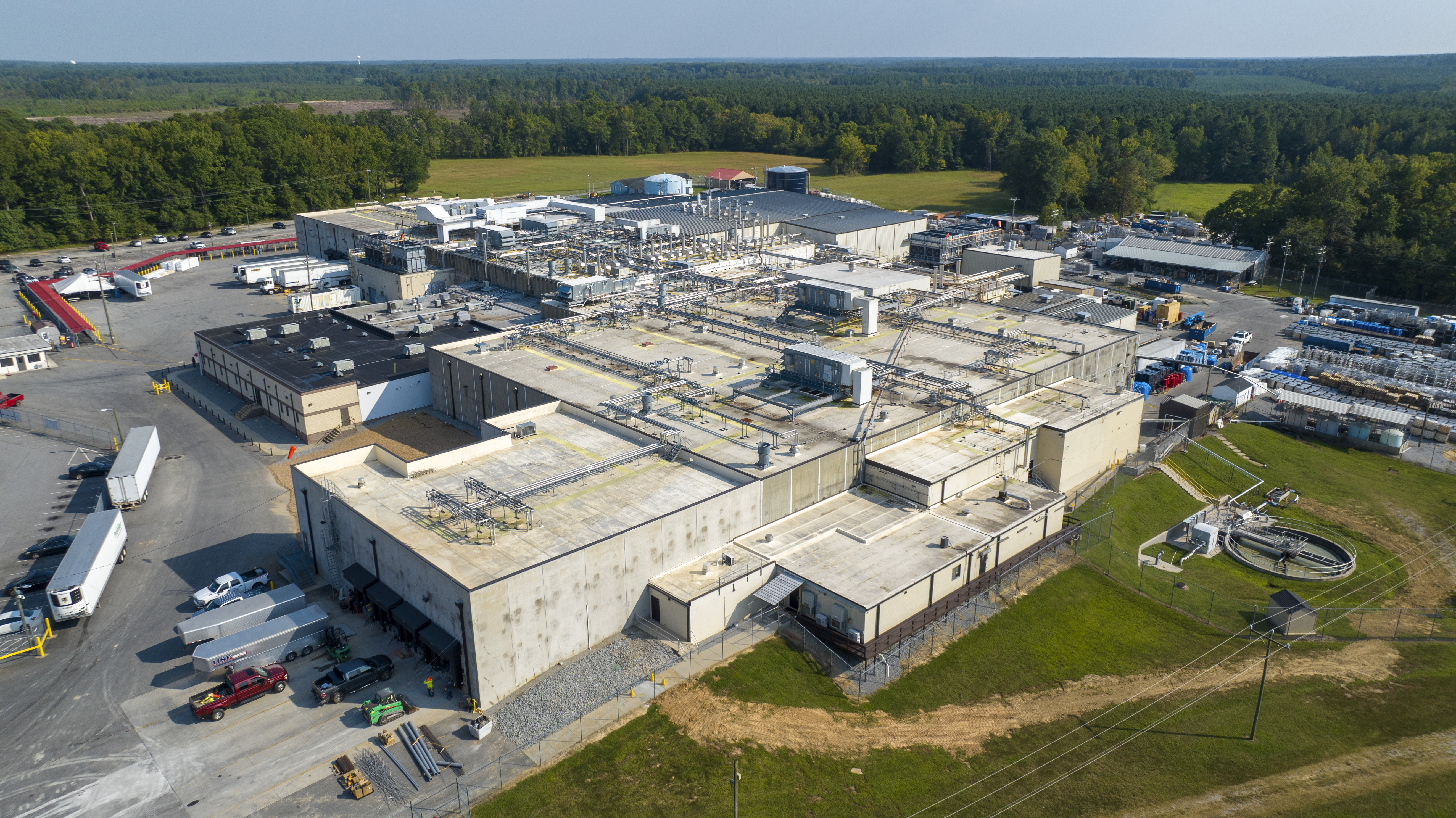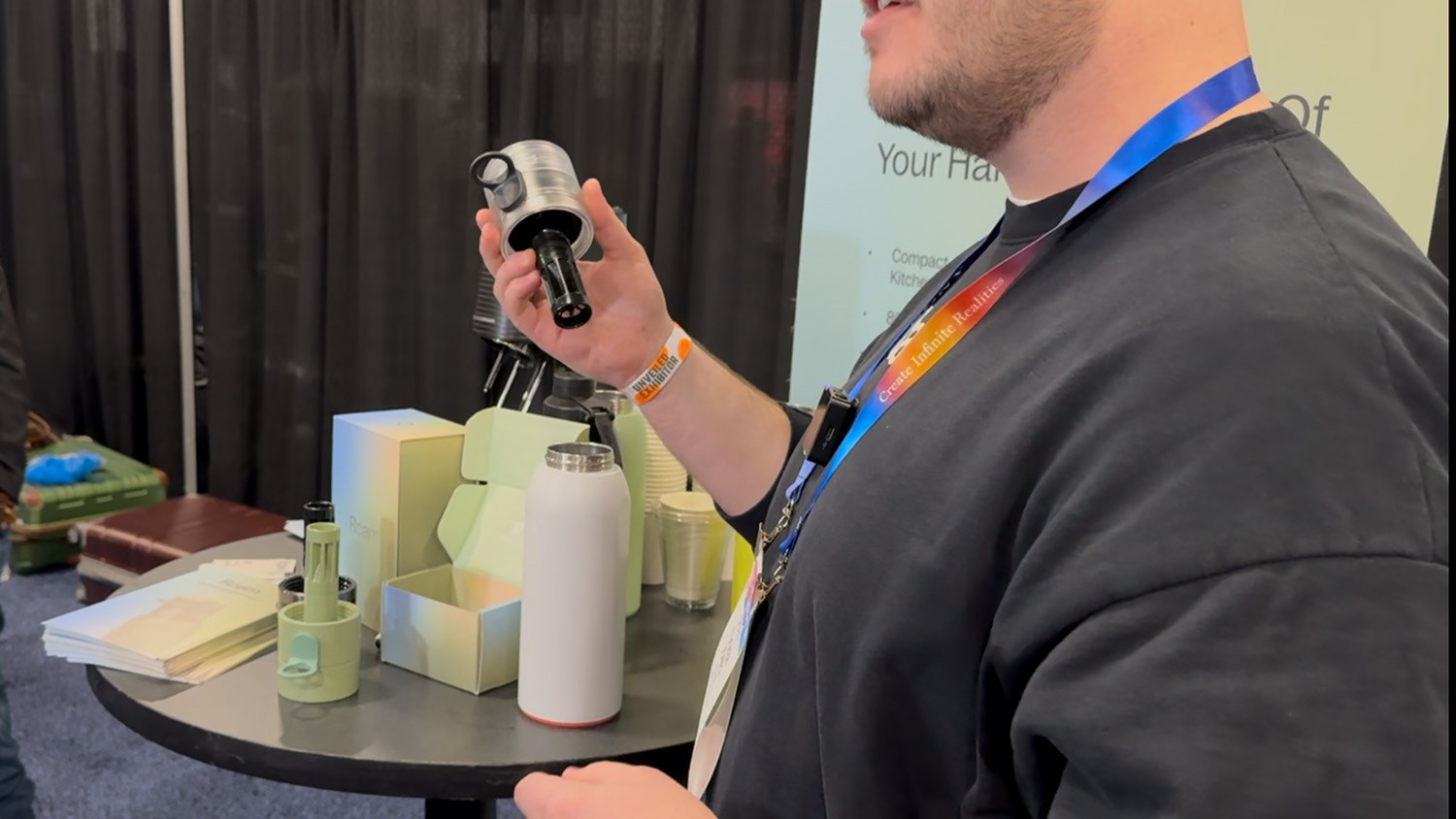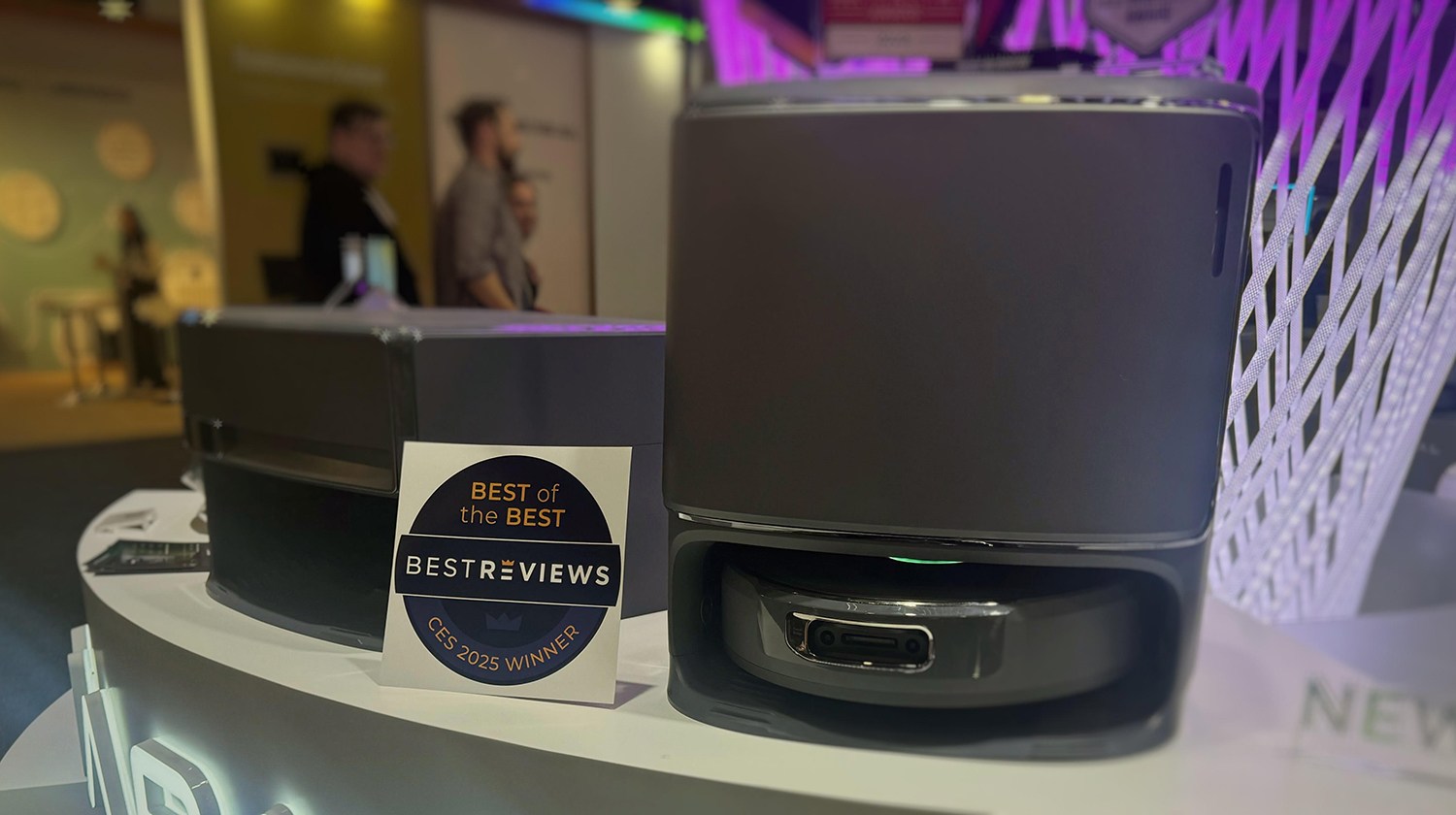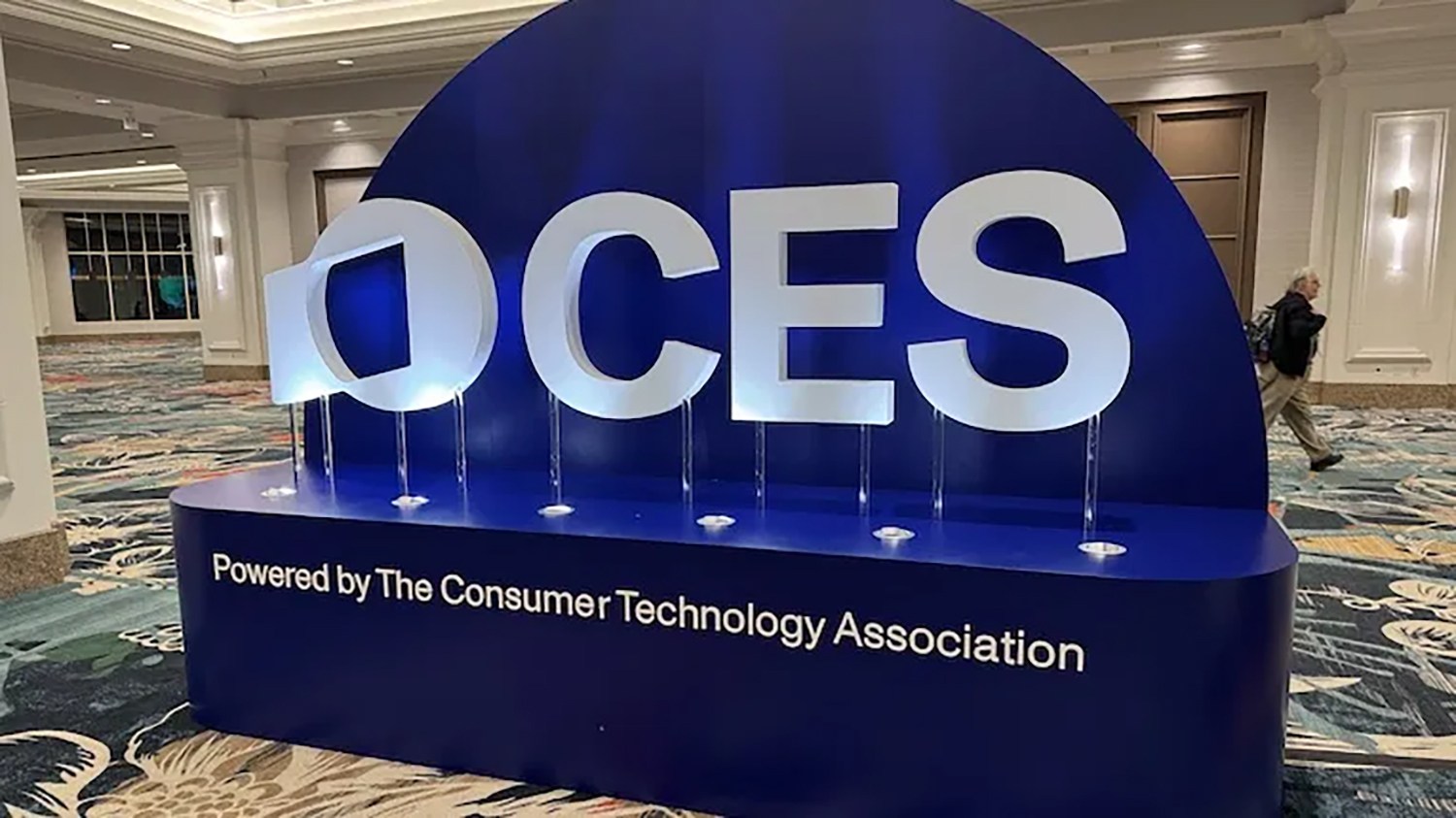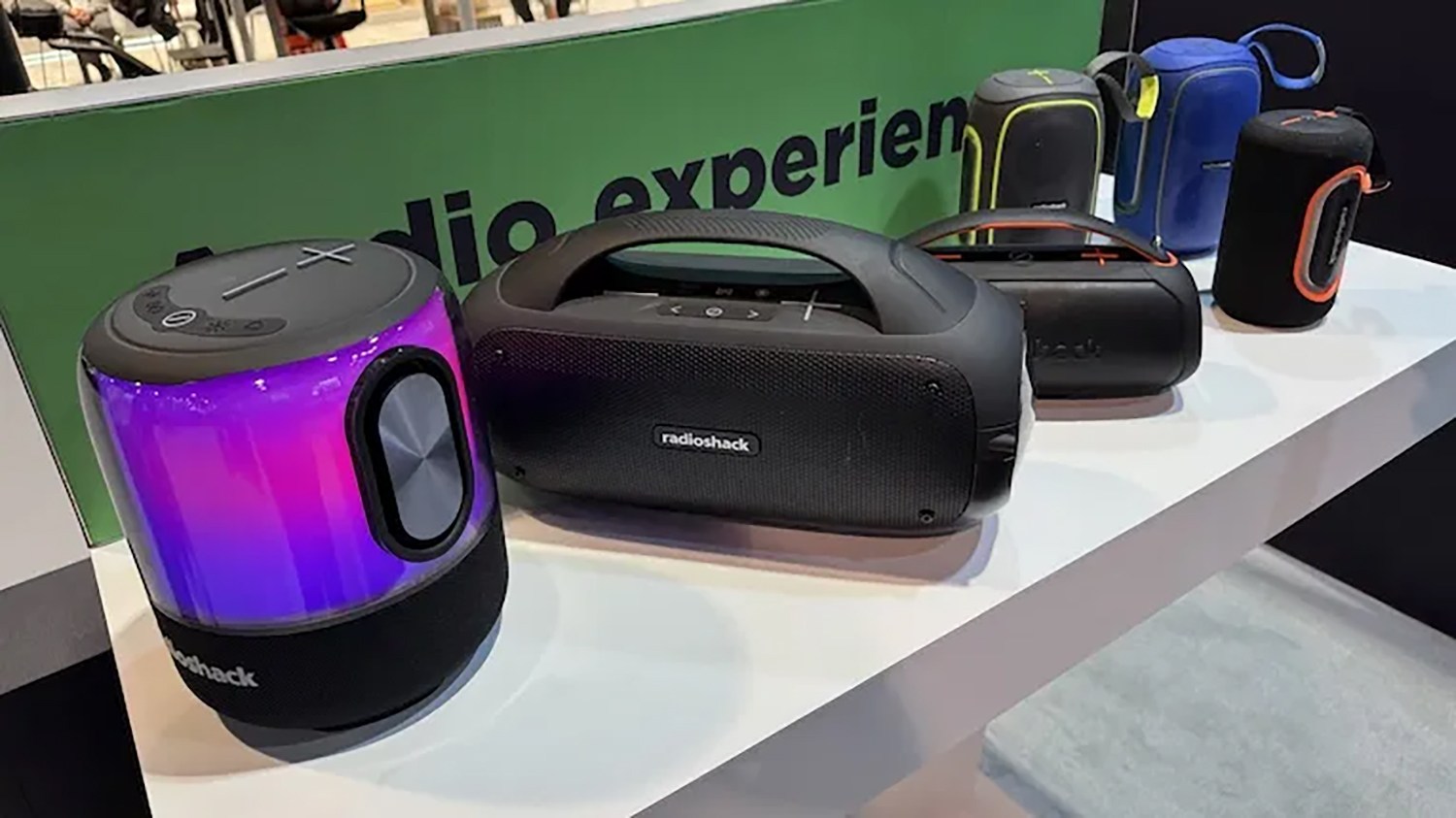McALLEN, Texas (Border Report) — A new non-intrusive inspection system is being installed at a South Texas border crossing in an effort to expand the technology across the Southwest border.
The Low Energy Portal scanning system is going up at the Juarez-Lincoln International Bridge, which connects Laredo, Texas, to Nuevo Laredo, Mexico, U.S. Customs and Border Protection officials said.
“The LEP system will scan arriving vehicular traffic, the images will be reviewed in real time to identify potential threats and anomalies meriting further examination,” Laredo Port Director Albert Flores said in a statement. “The systems will supplement existing non-intrusive inspection technology, enhance border security, and will not impede current traffic flows.”
Construction has begun on the west end of the bridge and port traffic will be routed around construction zones but vehicles will still be able to access all 15 CBP inspection booths, officials said.
Most of the construction is expected to occur overnight to reduce traffic interruptions. The device should be fully installed by early 2025.
Once installed, traffic will pass through and under the LEP after crossing the international boundary line and before reaching the primary inspection booth.
The installation is part of $59 million in funds appropriated by Congress in 2020 that allow “large-scale nonintrusive inspection (LS NII) systems, allow for scanning of higher volumes of vehicles and cargo compared to physical inspection,” according to the Congressional Budget Office.
The House Appropriations Homeland Security has proposed boosting those funds to $305 million for Fiscal Year 2025 because the systems are considered effective and necessary.
The devices can help officers to notice anomalies and weapons and illegal drugs and human trafficking.
“The systems enhance border security, aid in detecting narcotics and other contraband,” CBP officials from South Texas posted on X.

A similar installation system designed for cargo vehicles, called a Multi Energy Portal, also is being installed at the World Trade Bridge in Laredo, which is the largest commercial land port of entry in the United States.
Similar systems already are functioning at the Colombia Solidarity Bridge, which connects Laredo with the Mexican state of Nuevo León.
Sandra Sanchez can be reached at SSanchez@BorderReport.com.

